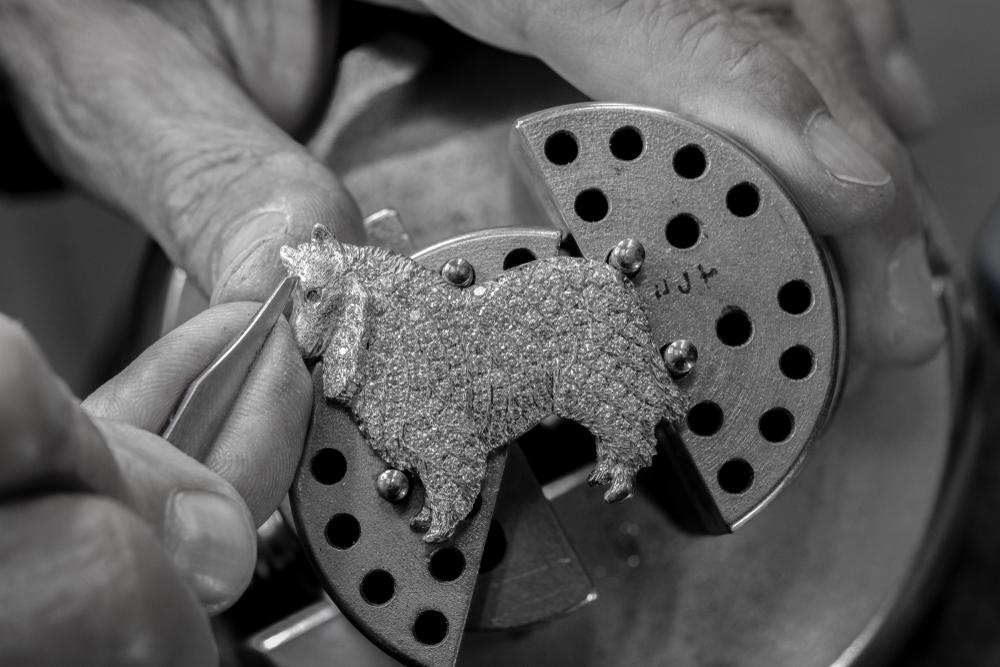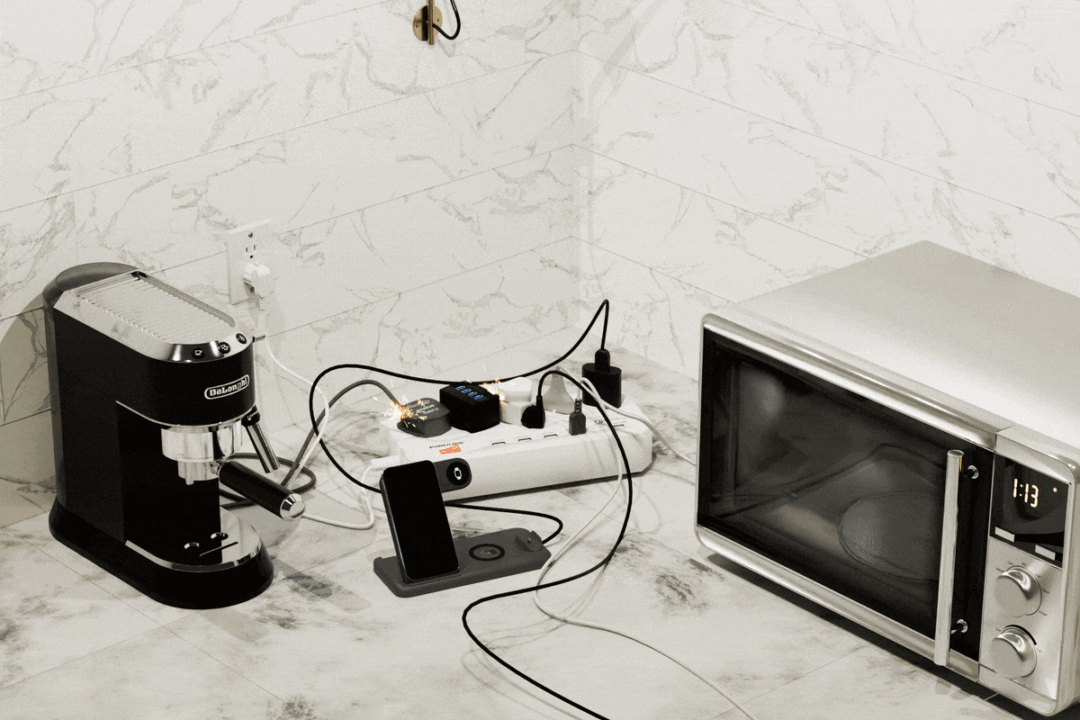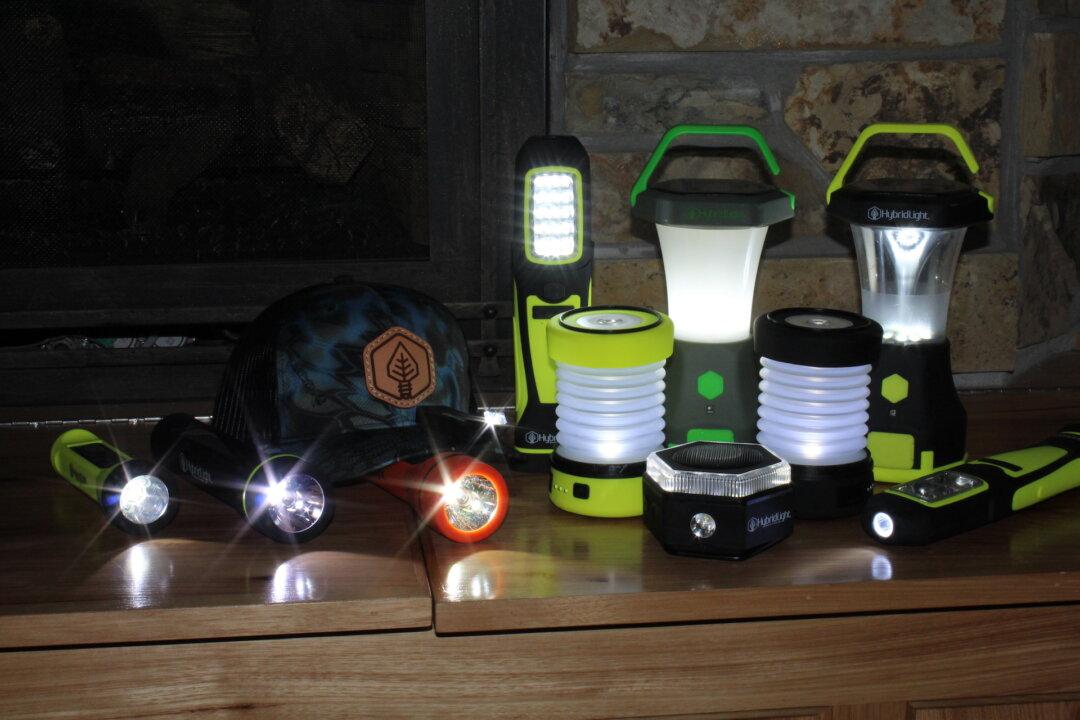While today there is an ever-increasing array of jewelry designs available, having the only one in the world of a ring, bracelet, or necklace holds huge appeal. There are two ways to approach this: One is to purchase a pre-made custom piece from a designer who creates their own one-of-a-kind designs. The other option is to work with a designer who will work with you to create custom jewelry.

There is no limit to what can be created when you work with a skilled designer to create bespoke jewelry. Ambers Designs/Shutterstock






